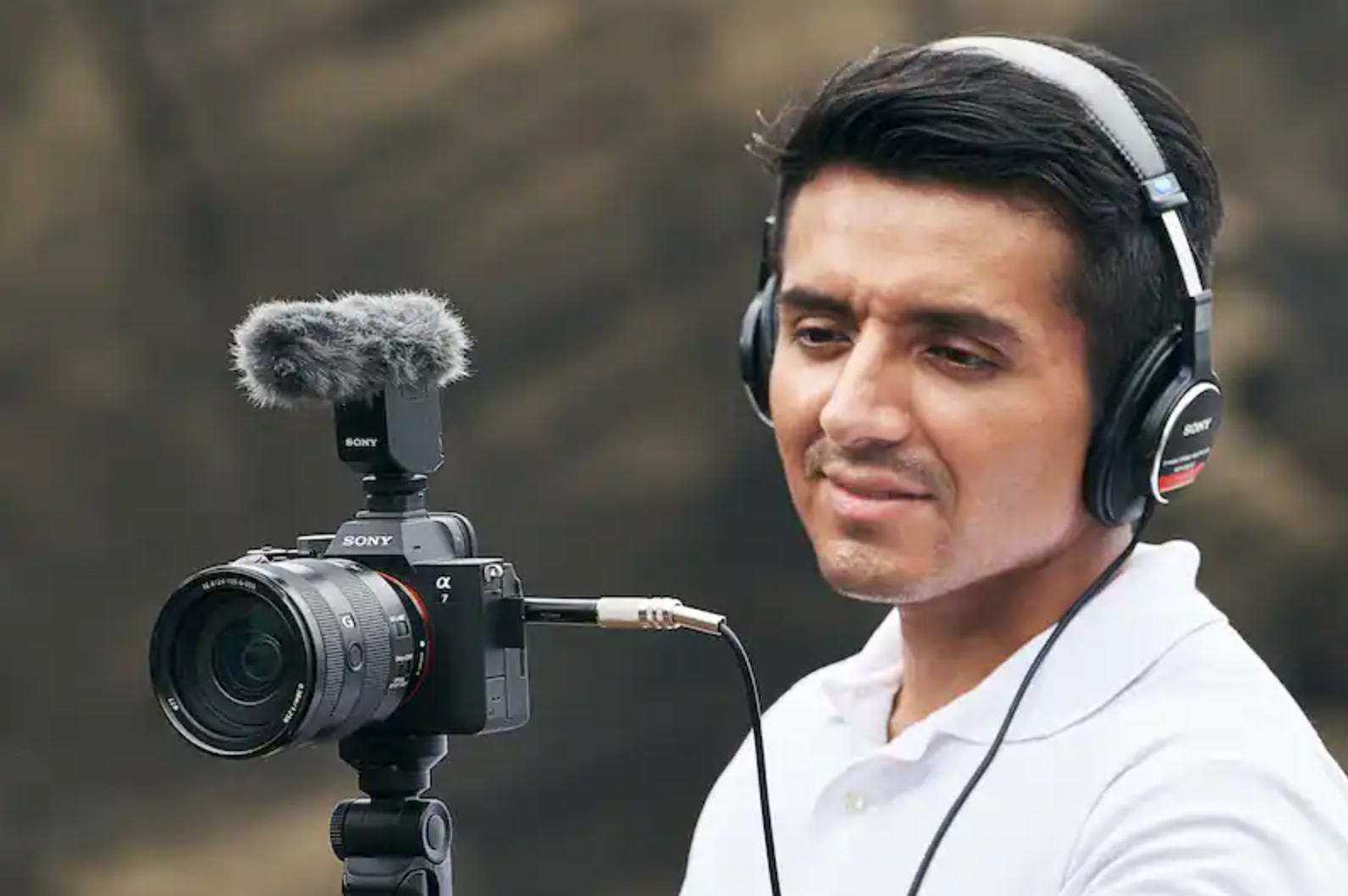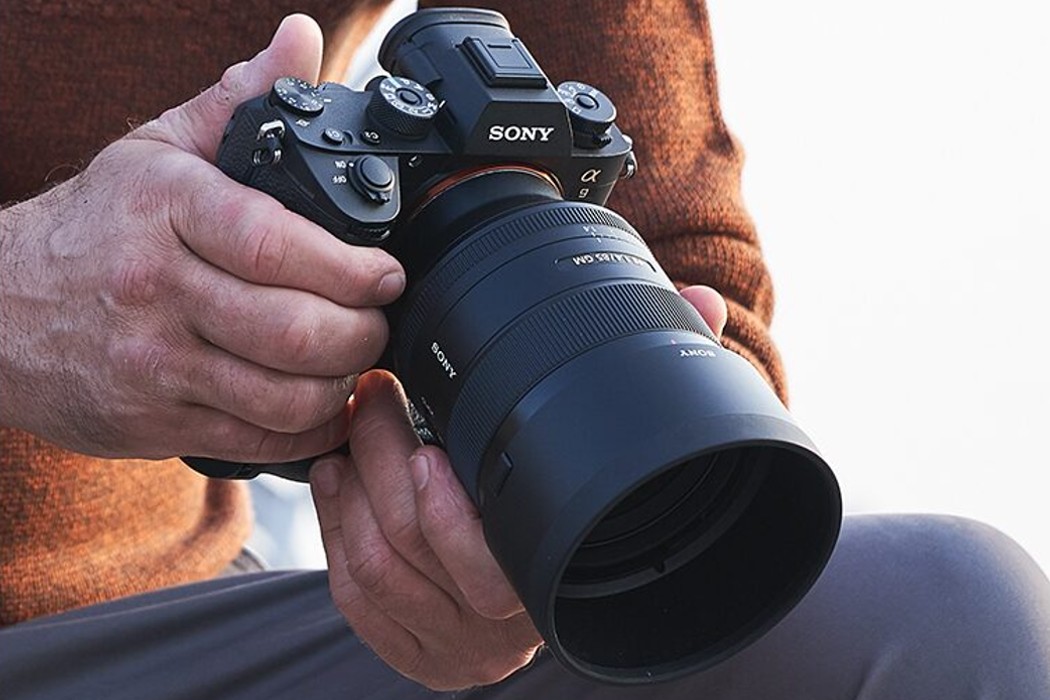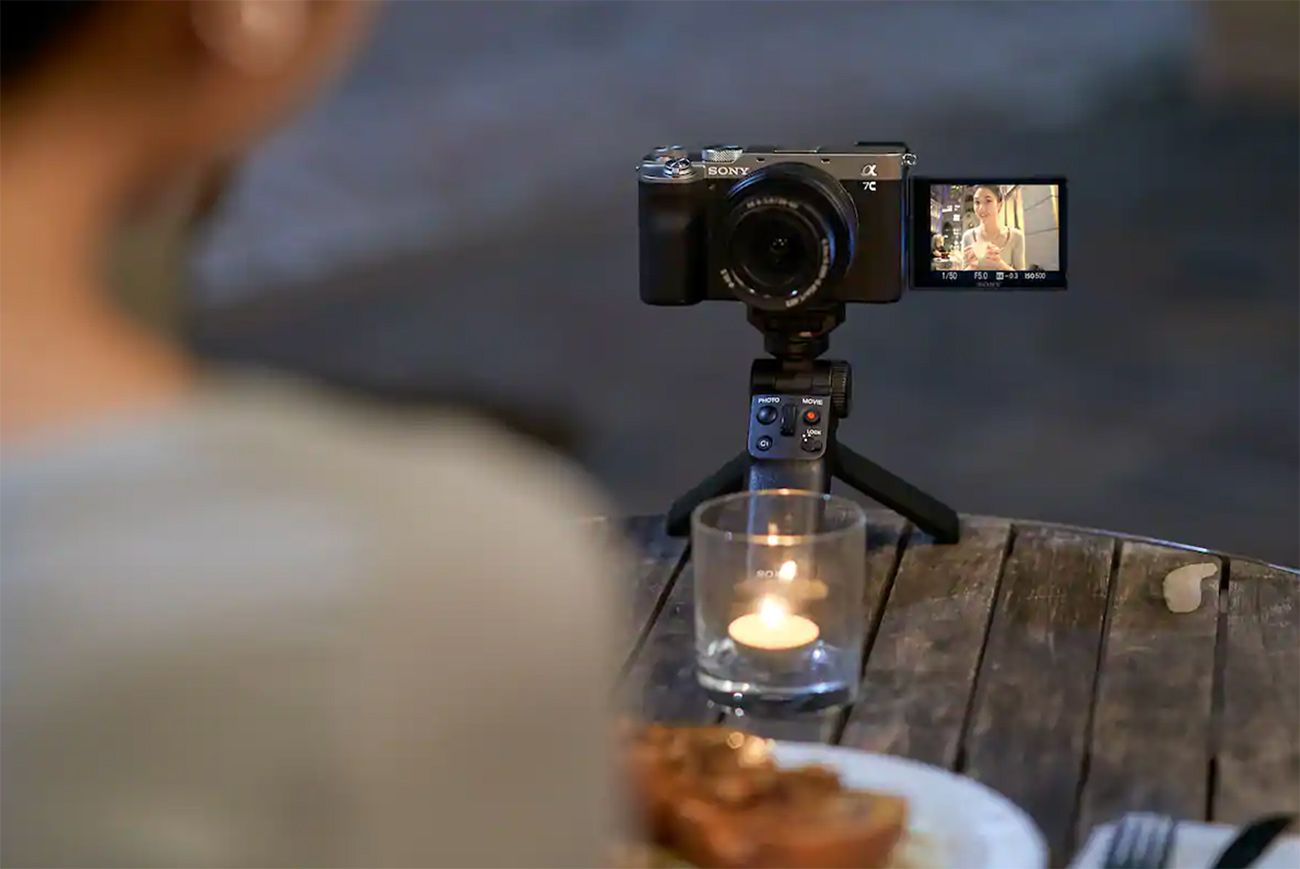
It feels like just a few years ago when cameras started shooting HD video and it felt like the world had shifted on its axis. When the Canon 5D Mark II was released in 2008, suddenly we had a full-frame camera that could shoot not just stunning still images, but also beautiful, full HD video. It felt like a marquee moment in camera technology. Many photographers found themselves at a creative crossroads, forced to either ignore this new capability, or grab it with both hands and learn a whole new creative paradigm.
Nowadays the expectation is that photographers should be able to capture both still and moving images. There are so many similarities between the skillset of a good photographer and that of a good filmmaker and it seems a shame not to keep a foot in both worlds. For example, exposure, lighting and composition are all skills that transfer readily from photography to filmmaking.
All of the latest cameras, whether compact, DSLR, or mirrorless, will have video capture technology included, but not all are equal. If your goal is to shoot high quality video, with the option of shooting stills too, then you’re going to need a little knowledge in order to make an informed decision, and this is what I plan to share with you today.
What to look for in a camera for shooting video
Resolution
The most fundamental concept we need to understand is resolution. This refers to the number of pixels the captured video image contains. In fact we actually just refer to one particular dimension, usually the vertical height of the image, measured in pixels. So, for example a HD image is 1280×720, and we refer to it as 720p. A full HD image is 1920×1080, and we refer to it as 1080p. 4K is the highest resolution video image you’ll see on a consumer camera, and it is 3840×2160. For some unknown reason, we switched to using the horizontal dimension when it came to 4K—probably because it sounds cooler! In most instances full HD, 1080p, is perfectly adequate, and you could almost describe it as the standard. Screen resolutions are improving however and it won’t be long before 4K will be the new standard. With this in mind you may want to consider investing in a camera that shoots 4K.
 Frame rate
Frame rate
After resolution, the next concept we need to address is frame rate. This refers to the number of frames the camera captures per second. After all, a moving image really is just a series of still images replayed in rapid succession. There are basically two playback frame rates of note: 24fps (frames per second) and 30fps. 24fps is kind of the filmmaking standard, established in the days when cameras used actual film. You can think of 30fps as the digital video standard. So most cameras will offer, at minimum, capture options of 24fps and 30fps. Most video shooters however will want the option to shoot at higher frame rates like 60fps or 120fps. This gives us the option to create nice slow motion shots when we edit our footage. Bear in mind that at higher resolutions it requires more processing power to in order capture higher frame rates, so it’s not uncommon to see the frame rate options decrease as the resolution increases.
The 180 degree rule
I want to take a quick diversion here in order to offer a more compete picture of the process of shooting video. At any given frame rate there is an optimal shutter speed which we should choose, and the rule of thumb is that it should be one over twice the frame rate, known as the 180 degree rule. So at 30fps we should choose a shutter speed of 1/60sec, and at 120fps, 1/240sec. On most cameras 1/48sec is not an option, so when we shoot at 24fps we use a shutter speed of 1/50sec. Filmmakers often claim the the reason 24fps looks better than 30fps is because the slower shutter speeds at which the individual frames are captured have a little more motion blur, and this lends a certain cinematic quality.
Picture profiles and colour depth
Resolution and frame rate are unquestionably the two most important factors to consider when choosing a camera, but coming up in third is picture profiles and colour depth, which are actually two separate but related issues. Color depth refers to the number of bits used to encode the colour data coming from each pixel on the sensor. The two basic options are 8-bit and 10-bit and while they sound quite similar, there is a world of difference in the number of colours each can capture. 10-bit is able to encode billions of different colours as opposed to just millions, and what this means for us in practical terms is a great deal of additional leeway when it comes to post-processing, or ‘grading’ our footage. Similarly, we want access to colour profiles that offer us lots of post-processing flexibility. We want files that have as much colour information as possible—lots of detail in both the highlight and shadow areas of the image. The default colour profile applied by the camera in order to create a generally pleasing result tends to darken the shadow areas and lighten the highlight areas. Filmmakers want the option to shoot in what is know as ‘log’ format, which is a little bit like the RAW format used to capture photos.

Ergonomics
It wouldn’t be right to advise on choosing a camera without mentioning ergonomics and functionality. One of the key features that video shooters like to see is a fully articulated LCD screen, one that flips out and rotates all the way to the forward facing position. This is helpful when you want to vary the angle of your shot, allowing you to shoot close to the ground, or overhead for example. It’s also very useful if you’re a vlogger or someone who records pieces to camera. Another great feature is in-body image stabilization which gives you an overall smoother image. Finally, check whether the camera has a mic input and a hotshoe that will allow you to mount a decent mic on top of the camera to capture proper audio, as it’s unlikely that the audio capture by the in-built mic will be up to scratch.
Shooting video can be an incredibly rewarding creative outlet, and I hope you have a better understanding of the technical specs to look for in your new camera.
Be sure to check out all the cameras available at BestBuy.ca!





